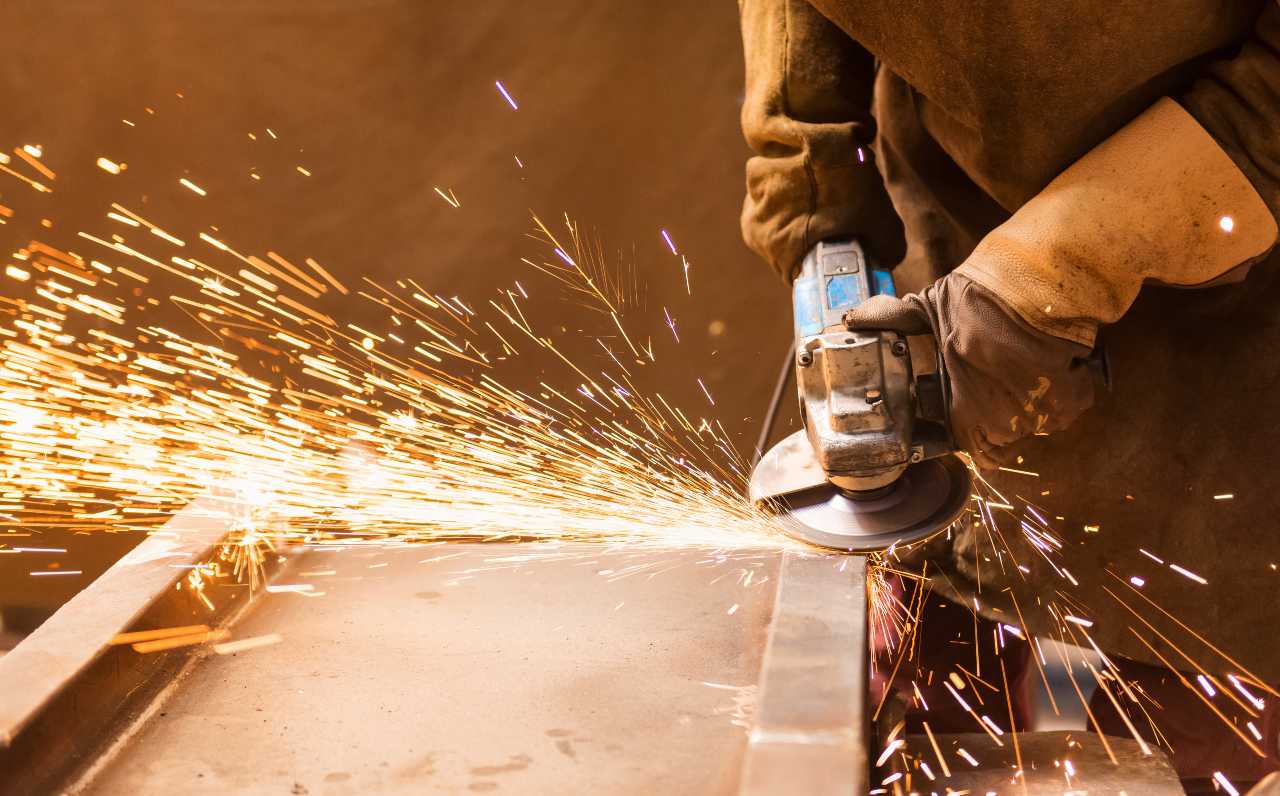
Metal manufacturing is integral to modern society. Locks, chairs, utensils, light fixtures, cars and many more of the products and tools we use daily are made possible through metalworking.
Metalworking throughout history has played a crucial role in society and the progression of technology. The history of metal fabrication extends to ancient civilizations that used metal to craft coins, weapons and art.
From early metal fabrication processes to the production of modern, high-tech equipment today, metal manufacturing allows people to create innovative, time-saving products that improve the lives of people who use them.
Metal manufacturing refers to any process used to manipulate metal to produce new products. Metal fabrication today can include many processes and techniques used for advanced manufacturing, including:
People likely began working with metal before recorded history when early humans discovered fire. Ancient civilizations in Egypt, Rome, Greece, India and China started using copper to develop weapons as early as 8700 B.C. By 4500 B.C., tin and copper were melded to create bronze art, statues, weapons, building materials and money.
In 1800 B.C., India began ironworking and a region in part of modern-day Turkey started smelting iron to create steel. In 1200 A.D., China developed a system for producing steel using a cold blast over molten metal, similar to the Bessemer Process used today.
By 1700 A.D., the first iron foundries were established in Great Britain. In the 1800s, the invention of the steam engine propelled metalworking into a new age of efficiency and production. As technology continued to improve, new processes developed, allowing for more intricate designs and advanced products.